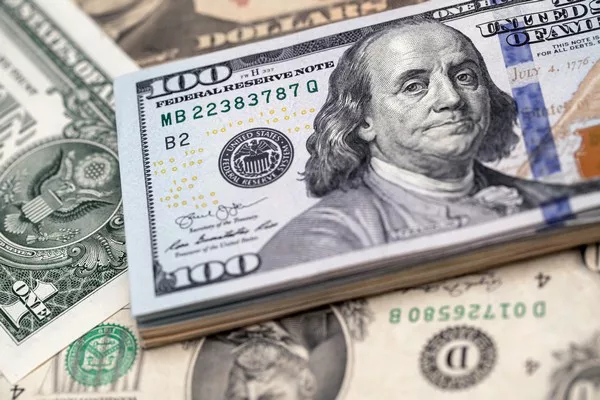The American dollar, a symbol of economic prowess and global trade, is one of the most recognized currencies in the world. Renowned for its distinct design and rich symbolism, the dollar bill reflects the history and values of the United States. In this article, we will delve into the intricate details that make up the American dollar, exploring its physical characteristics, historical evolution, and the symbolism embedded in its design.
Physical Characteristics:
The American dollar comes in various denominations, with the most common being the one, five, ten, twenty, fifty, and one hundred-dollar bills. While each denomination possesses unique features, they all share certain common elements that make them easily identifiable.
At first glance, the green color dominates the dollar bill, earning it the colloquial name “greenback.” This distinctive hue is a deliberate choice, implemented to deter counterfeiting. The bills are printed on a special blend of 75% cotton and 25% linen, providing durability that ensures they remain in circulation for an extended period.
The front of each dollar bill features a prominent portrait of a U.S. president, except for the one-dollar bill, which showcases a portrait of the first President of the United States, George Washington. The reverse side typically highlights national symbols, monuments, or significant moments in American history.
Historical Evolution:
The design of the American dollar has undergone several transformations throughout its history, reflecting the changing socio-political landscape of the United States. The first U.S. banknotes were issued in the mid-19th century, featuring intricate engravings and detailed designs. Over time, the evolution of printing technology and advancements in security features have contributed to the modern appearance of the dollar.
The Bureau of Engraving and Printing, responsible for producing U.S. currency, continually introduces new security measures to thwart counterfeiters. Watermarks, security threads, and microprinting are among the features that have been incorporated into the design of the American dollar to ensure its authenticity.
See Also When Should I Buy Us Dollars?A Strategic Approach
Symbolism:
Beyond its physical attributes, the American dollar is a canvas of symbolism, encapsulating the ideals and values that underpin the nation. The portraits of presidents on the front of the bills pay homage to the country’s leadership, emphasizing the democratic principles upon which the United States was founded.
The Great Seal of the United States is a central element in the design of the dollar bill, appearing on both the front and back. The front of the one-dollar bill prominently features the obverse side of the Great Seal, depicting an eagle and a shield. The eagle, a symbol of strength and freedom, holds an olive branch and arrows in its talons, signifying a desire for peace but preparedness for war.
On the reverse side of the one-dollar bill, the pyramid and the eye are featured, representing the country’s commitment to progress and enlightenment. The Latin phrase “Annuit Coeptis” above the pyramid translates to “He has favored our undertakings,” while “Novus Ordo Seclorum” below the pyramid means “New Order of the Ages,” symbolizing the birth of a new nation.
Each additional denomination introduces its own unique symbolism. The five-dollar bill, for instance, showcases the Lincoln Memorial on the reverse side, honoring the 16th President, Abraham Lincoln. The ten-dollar bill features the U.S. Treasury Building, emphasizing the financial foundation of the nation. The twenty-dollar bill highlights the White House, the official residence and workplace of the President.
Moving to higher denominations, the fifty-dollar bill showcases the Capitol Building, symbolizing the seat of the United States Congress. Finally, the one-hundred-dollar bill features Independence Hall in Philadelphia, a site of historical significance where both the Declaration of Independence and the United States Constitution were debated and adopted.
Conclusion:
The American dollar stands as a testament to the rich history and values of the United States. Its physical characteristics, historical evolution, and symbolic design collectively contribute to its global recognition and importance in the world economy. As a constant presence in daily transactions and a symbol of economic stability, the American dollar continues to play a pivotal role in shaping the narrative of the United States and its impact on the global stage.


